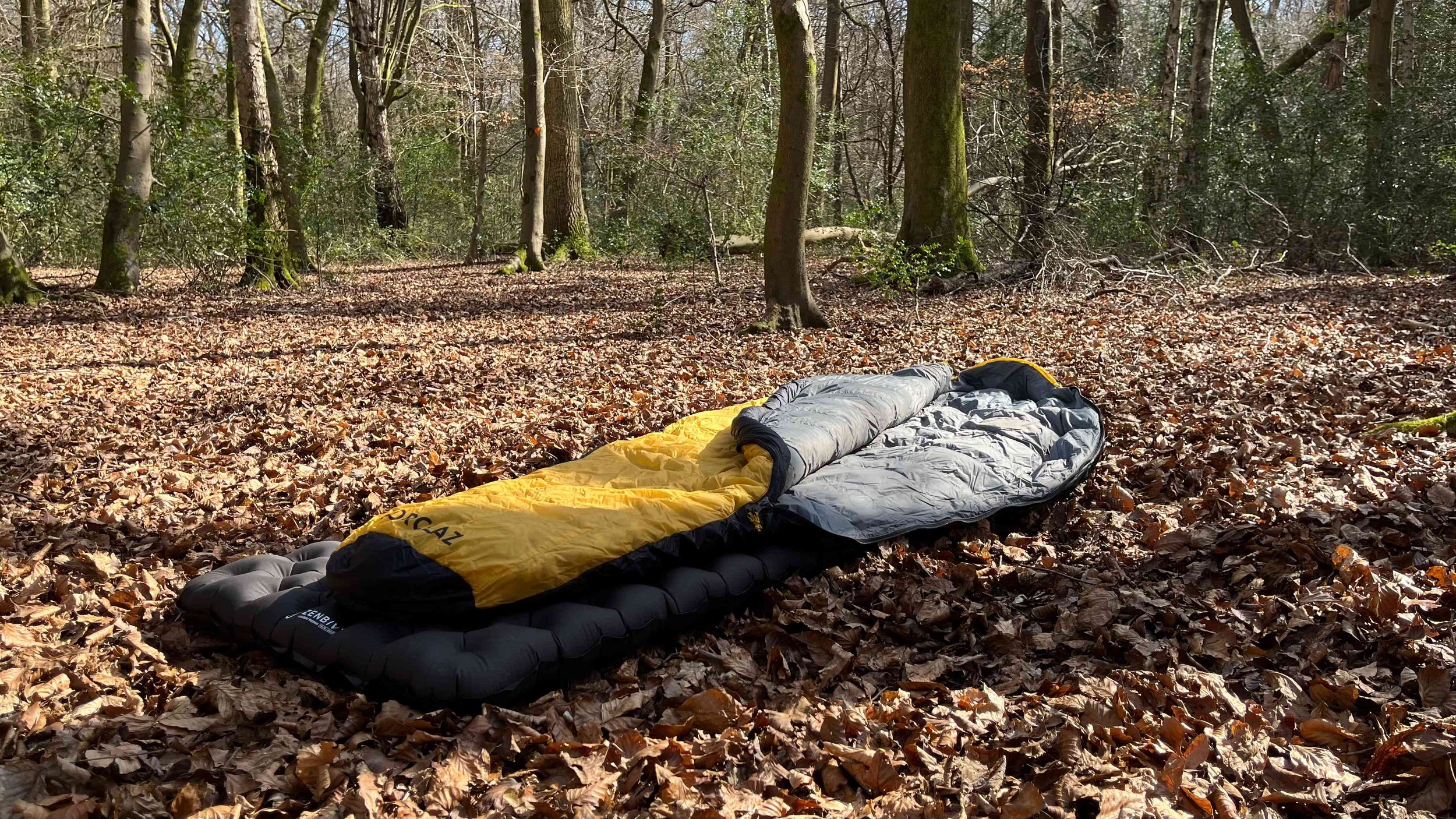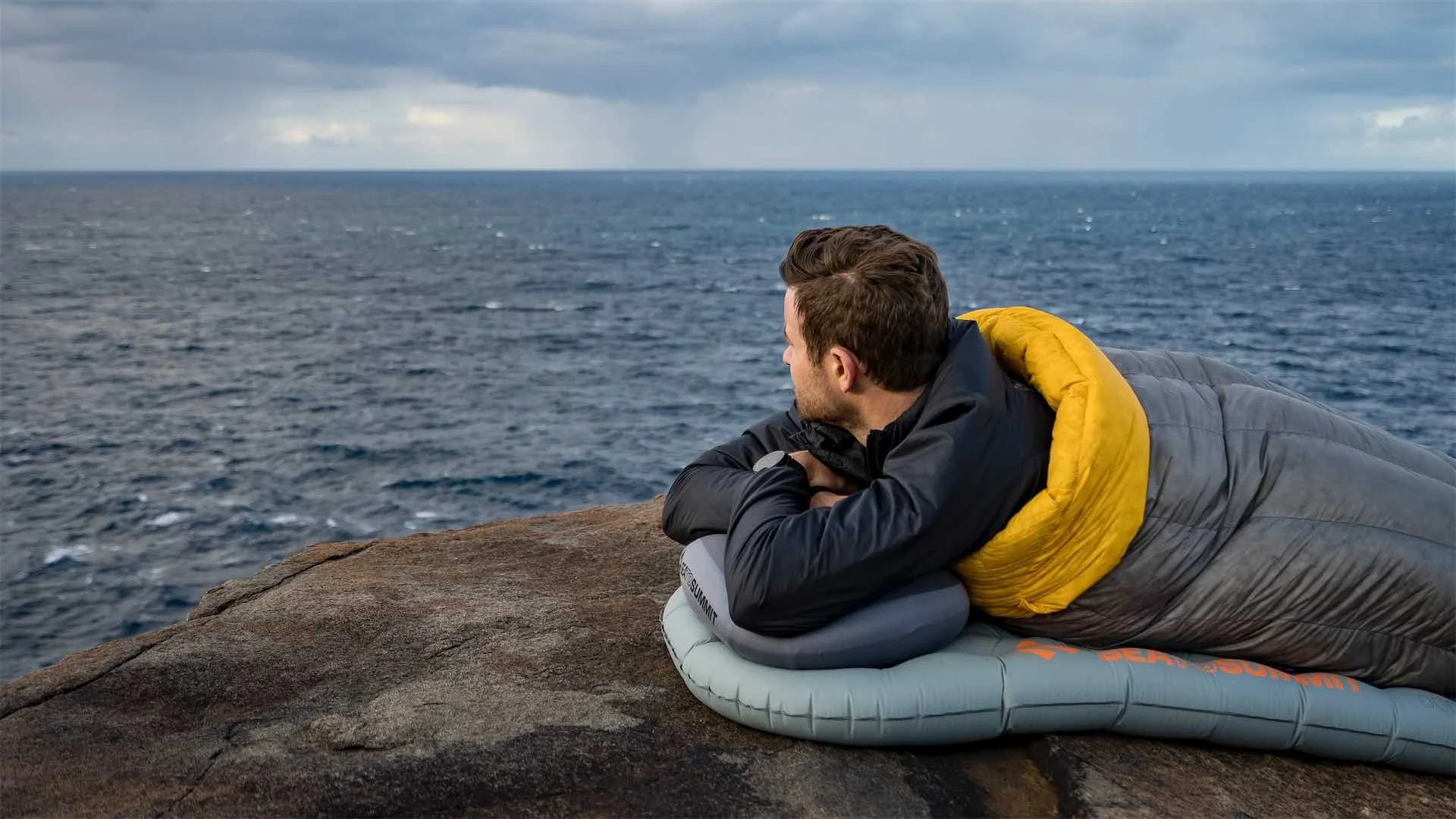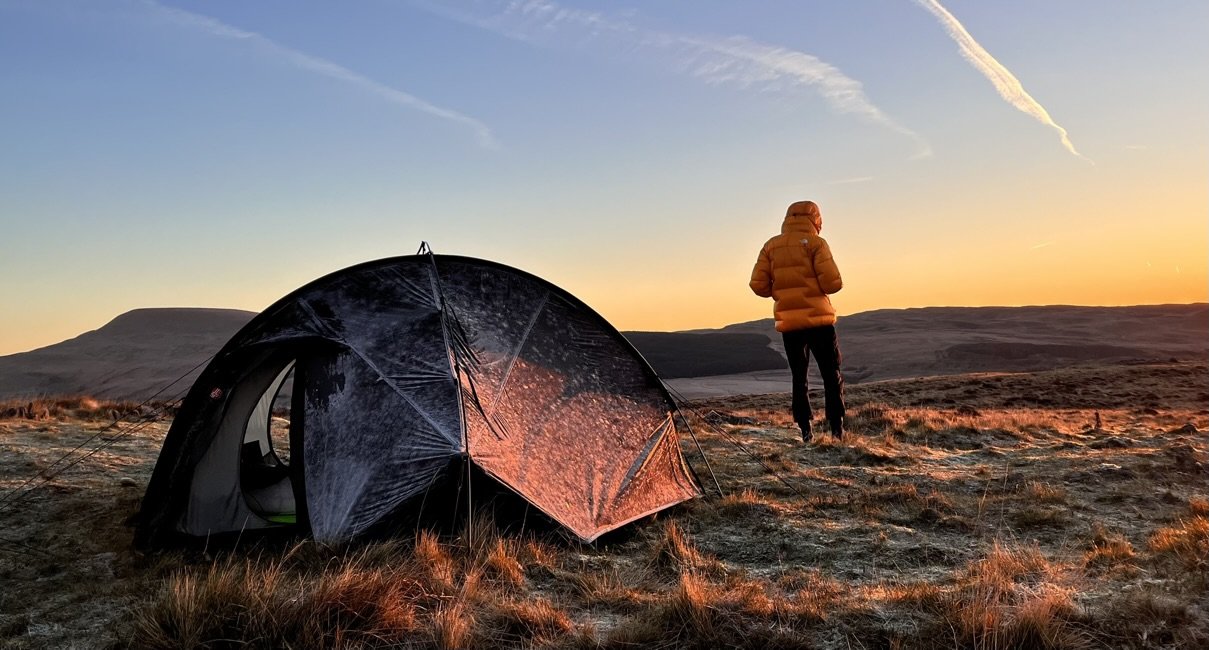Your essential solo wild camping kit list for your first night outdoors
Here’s everything you need for a safe, simple night outdoors — and nothing you don’t.
Everything you need for your first wild camp
Heading out for your first solo wild camp? We salute you. There’s something quietly brilliant about doing it on your own. No one to wait for. No decisions to negotiate. Just you, your kit, and the wild landscape rolling out in every direction.
But before you go, you’ll want to make sure your packing list is dialled. You don’t need top-of-the-line gear or a wallet-draining shopping spree to sleep well outside — you just need the right basics, chosen carefully for the season and the spot. Here’s a stripped-back, GBAC-approved solo camping kit list to get you started.
Don’t overthink this one. For your first few solo overnighters, you don’t need a premium thru-hiking tent or ultralight shelter — just something compact, weatherproof, and easy to pitch. If you’re looking to buy, Go Outdoors and Decathlon stock great budget-friendly options, and we’ve reviewed plenty of lightweight tents to help you choose. But honestly? The best advice we can give is to borrow a tent from a friend. Try it out. See what works.
1. A tent
Pick one that suits the actual temperature, not just the marketing. Sleeping bags often come with multiple ratings — comfort, limit, and extreme — but it’s the comfort temperature you want to pay attention to. That’s the temperature at which most people can sleep soundly through the night. The extreme rating? That just tells you the temperature at which you’ll probably survive — not a standard you want to test.
For the best night’s sleep, choose a bag with a comfort rating at least 5°C below the forecasted overnight low. That extra margin means you’ll stay warm even if the wind picks up, your pad underperforms, or the forecast was a bit off. Quilts can be a great option in summer—light, packable and often cheaper—but don’t sacrifice comfort to shave a few grams. A warm, uninterrupted night in the wild is worth its weight in sleep.
2. A sleeping bag or quilt
Struggling to find the perfect bag?
Thankfully, we’ve got just the tool for you: Check out our handy sleeping bag comparison tool to compare sleeping bags via temperature, weight, size and price — all to find the perfect sleeping bag for your next adventure.
Sleeping on the ground without a decent pad? Miserable. A warm, insulated sleeping pad is what separates “wild camping” from “lying cold on some rocks.” You don’t need to break the bank here, but do make sure it’s rated for the season you’re in — especially if you’re heading out in spring or autumn. Check out our sleeping pad reviews to get a feel for what’s out there.
3. A suitable sleeping pad
You’ll need one. Even in summer, the temperature drops fast once the sun goes down — especially if you’re in a valley or up on a ridge. Take something packable and wind-resistant, and throw it on as soon as you stop moving. Down, synthetic, or fleece or that burly winter jacket you got for Christmas once. It doesn’t matter: Warm is warm.
4. A warm jacket
We consider this an essential bit of solo camping kit — not just for convenience, but for safety. Whether you’re pitching at dusk, nipping out for a midnight loo break, or dealing with a change of plans in the early hours, a good headtorch means you can see clearly and move confidently.
Yes, your smartphone has a torch function — but that’s not enough. Trust us. If you ever need to pack up and walk out across open ground in the dark, a proper headtorch will light your path, keep your hands free, and help you avoid trip hazards or poor terrain. Go for something lightweight, bright (150 lumens minimum), and with a decent battery life.
5. A headtorch
Want to try wild camping for the first time?
Join one of our guided wild camping adventures across the UK — the perfect way to try your first wild camp, pick up new skills, and try top gear included as standard. Ready for your next big adventure?
Quick tip: Banking on a brew?
Bring a flask or a stove.
If you’re hoping for a hot coffee or tea at camp, you’ve got two choices: bring a proper flask that can keep water hot for 24 hours, or consider packing a simple stove. You don’t need to splash out on a JetBoil at this stage — Go Outdoors and Decathlon both stock great budget-friendly options that’ll boil water quickly without weighing you down (or the ever-popular BRS stove from Amazon will also do the trick). Just don’t forget to pack a gas canister, too!
Finally, this little sliver of plastic weighs five grams, takes up no room, and could be the most useful bit of gear in your pack. It can buy you a hot meal, a lift, a room, or just a second breakfast when you pass a café the next morning. Bring one — even if you normally use your phone to pay. No battery = no tap-to-pay.
6. A debit or credit card
And that’s it. We’ll see you out there.
Solo camping is one of the best ways to reconnect with the landscape — and yourself. You don’t need perfect gear, years of experience or a heroic mindset. You just need the basics, a little bit of planning, and the willingness to give it a go.
Share your adventure with us
Got questions about gear? Or just want to share your adventure with us? We’d love to hear from you. Drop us a message or tag us on Instagram @greatbritishadventureclub — we’re always happy to help get you out there
Come camping with us
Join our guided wild camping adventures across the UK — the perfect way to try your first wild camp, pick up new skills, and try top gear included as standard. Ready for your next big adventure?












